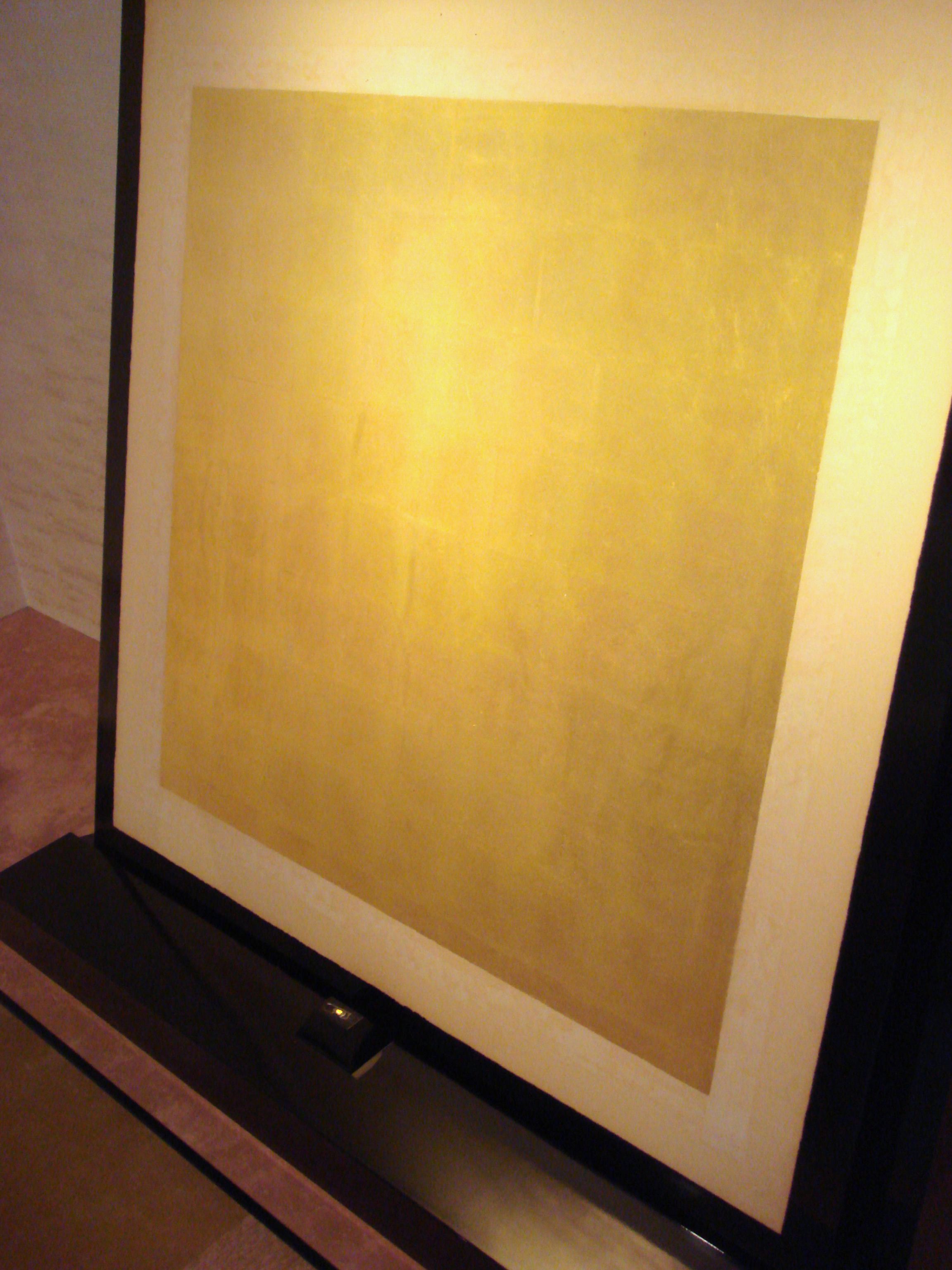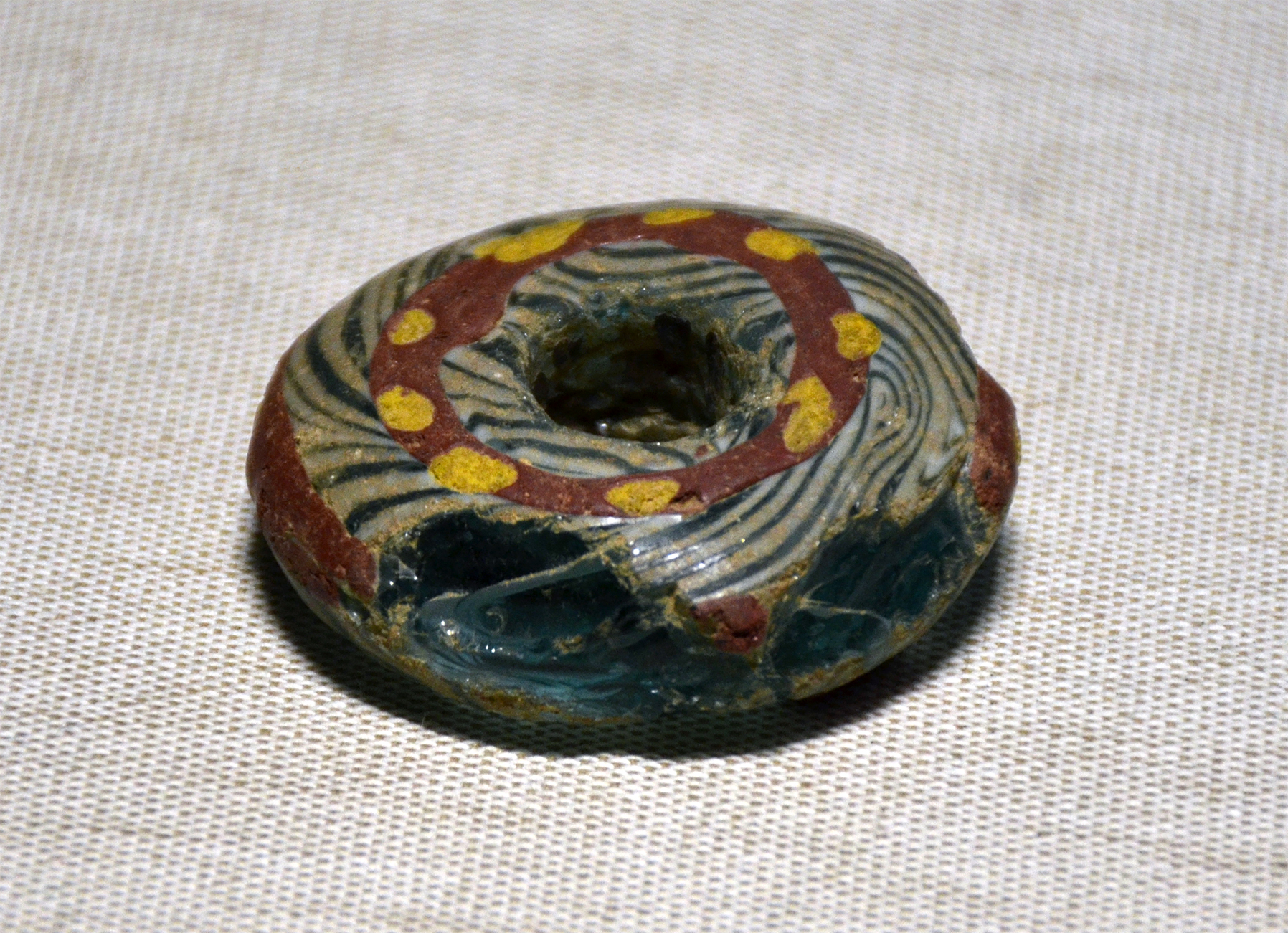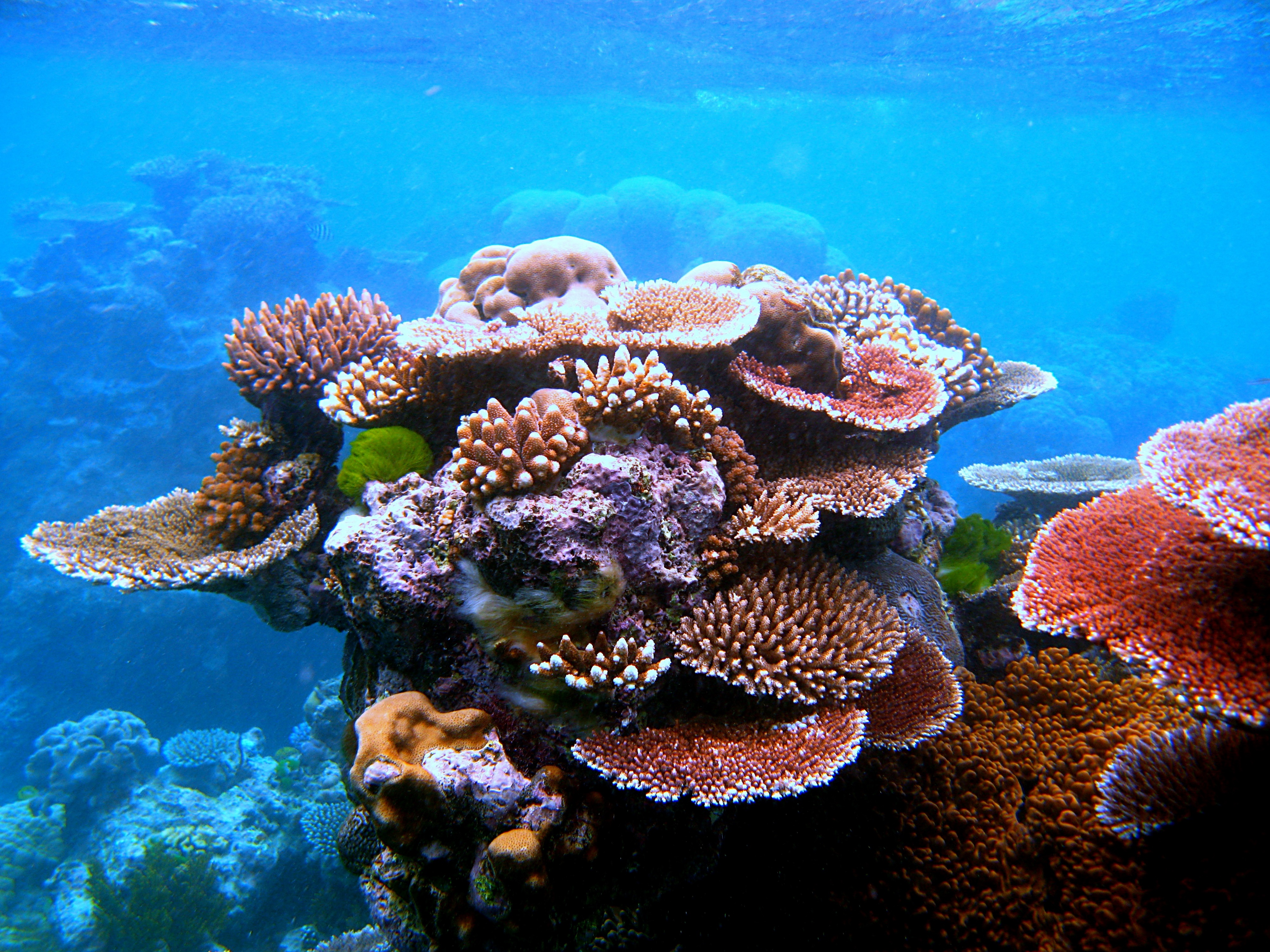|
Jobawi
A ''jobawi'' is a type of traditional Korean winter cap with earflaps which was worn by women and was made of silk. Since its first appearance in the late Joseon period, it has been widely worn as a substitute for the ''ayam'' (a cap with a big ribbon on the back). Although the ''jobawi'' was worn by the upper class as well as by commoners, it was mostly used by the yangban aristocracy of that time as a decorative headgear when they went out. In addition, the ''jobawi'' was worn not only as formal headgear, but also for special occasions. Even though a wearer was not in formal attire, if she wore a ''jobawi'', the overall outfit could be considered as simple formal clothing. The ''jobawi'' does not cover the top of the head just like other unisex winter caps such as the ''ayam'', '' nambawi'' and the '' pungcha''. But it fully covers the forehead and the ears on the sides with round earflaps to protect against the cold. The outer surface is generally made of several varieties of si ... [...More Info...] [...Related Items...] OR: [Wikipedia] [Google] [Baidu] |
Doljanchi
''Dol'' or ''doljanchi'' is a Korean tradition that celebrates the first birthday of a baby. This ceremony blesses the child with a prosperous future and has taken on great significance in Korea. The birthday babies wear a hanbok and a traditional hat: a '' jobawi'' or ''gulle'' for baby girls and a ''bokgeon Fujin () is a type of ''guanmao'' (冠帽), a male traditional headgear generally made from a black fabric in China and Korea. The fujin is a form of hood made on one width of cloth, from which its Chinese name derived from. It was usually worn w ...'' or '' hogeon'' (호건) for baby boys. History In the past, the death rates for children were high and many children died before their first birthday, so it was an important milestone for the baby and parents. The whole village used to celebrate a baby's first birthday, sharing food and wishing for long life and fortune for the baby. It could also define who they would be when they grow older. Doljabi (돌잡이): fortune ... [...More Info...] [...Related Items...] OR: [Wikipedia] [Google] [Baidu] |
Nambawi
A ''nambawi'' is a type of traditional Korean winter hat worn by both men and women during the Joseon period for protection against the cold. The other names for it are ''pungdengi'' and ''nani'' (literally warming ears). The ''nambawi'' is also called ''ieom'' (literally "covering ears") which was worn in the early Joseon period, although it was derived from the cap. It was originally worn by the upper class as a daily hat, but spread to commoners and women in the later period. It was usually worn by middle-aged women and old people as well as by government officers who put it under the ''samo'' (사모, official hat). The ''nambawi'' is open on the top so that it does not cover the top of the head just like other winter caps such as the ''ayam'' and the ''jobawi'', both of which were actually adapted from it, whereas it fully covers the forehead, back and ears on the sides to provide warmth against the cold. The overall shape of the side is curved in three phases. The edge of th ... [...More Info...] [...Related Items...] OR: [Wikipedia] [Google] [Baidu] |
Pungcha
A pungcha is a type of traditional Korean winter hat worn by both men and women during the Joseon period for protection against the cold. It is also called ''pungchae'' and ''jeongpungcha''. Although its shape is very similar with nambawi, the ''pungcha'' has a ''bolkki'' (볼끼) attached on both sides of the ears. It was originally worn by males of yangban, the upper class but became to spread to commoners including women. The ''pungcha'' is open on the top so that it does not cover the top of the head just like other winter caps such as ''nambawi'', ''ayam'', and ''jobawi''. Whereas it fully covers the forehead, back and ears on the sides as well as cheeks by the ''bokki''. The outer is generally made of a variety of silk called ''dan'' (단, ), wool and a fabric made from kudzu barks were used. See also *Ayam *Hanbok *Hwagwan *Jobawi *Nambawi *Tubeteika A tubeteika ( rus, тюбете́йка, links=1, tyubeteika, tʲʉbʲɪˈtʲeɪ̯kə, LL-Q8798 (ukr)-Tohaomg-тюбете� ... [...More Info...] [...Related Items...] OR: [Wikipedia] [Google] [Baidu] |
Jewelry
Jewellery (British English, UK) or jewelry (American English, U.S.) consists of decorative items worn for personal adornment, such as brooches, ring (jewellery), rings, necklaces, earrings, pendants, bracelets, and cufflinks. Jewellery may be attached to the body or the clothes. From a western perspective, the term is restricted to durable Ornament (art), ornaments, excluding flowers for example. For many centuries metal such as gold often combined with gemstones, has been the normal material for jewellery, but other materials such as glass, shells and other plant materials may be used. Jewellery is one of the oldest types of archaeological artefact – with 100,000-year-old beads made from ''Nassarius'' shells thought to be the oldest known jewellery.Study reveals 'oldest jewellery' , ''BBC News'', June ... [...More Info...] [...Related Items...] OR: [Wikipedia] [Google] [Baidu] |
Hanja
Hanja (Hangul: ; Hanja: , ), alternatively known as Hancha, are Chinese characters () used in the writing of Korean. Hanja was used as early as the Gojoseon period, the first ever Korean kingdom. (, ) refers to Sino-Korean vocabulary, which can be written with Hanja, and (, ) refers to Classical Chinese writing, although "Hanja" is also sometimes used to encompass both concepts. Because Hanja never underwent any major reforms, they are mostly resemble to '' kyūjitai'' and traditional Chinese characters, although the stroke orders for some characters are slightly different. For example, the characters and as well as and . Only a small number of Hanja characters were modified or are unique to Korean, with the rest being identical to the traditional Chinese characters. By contrast, many of the Chinese characters currently in use in mainland China, Malaysia and Singapore have been simplified, and contain fewer strokes than the corresponding Hanja characters. In J ... [...More Info...] [...Related Items...] OR: [Wikipedia] [Google] [Baidu] |
Gold Leaf
Gold leaf is gold that has been hammered into thin sheets (usually around 0.1 µm thick) by goldbeating and is often used for gilding. Gold leaf is available in a wide variety of karats and shades. The most commonly used gold is 22-karat yellow gold. Gold leaf is a type of metal leaf, but the term is rarely used when referring to gold leaf. The term ''metal leaf'' is normally used for thin sheets of metal of any color that do not contain any real gold. Pure gold is 24 karat. Real, yellow gold leaf is approximately 91.7% pure (i.e. 22-karat) gold. Silver-colored white gold is about 50% pure gold. Layering gold leaf over a surface is called gold leafing or gilding. Traditional water gilding is the most difficult and highly regarded form of gold leafing. It has remained virtually unchanged for hundreds of years and is still done by hand. In art Gold leaf is sometimes used in art in a "raw" state, without a gilding process. In cultures including the European Bronze Age i ... [...More Info...] [...Related Items...] OR: [Wikipedia] [Google] [Baidu] |
Geumbak
''Geumbak'' is a Korean traditional craft for applying extremely thin gold leaf on hanbok The (; term used in South Korea), also called () n North Korea and China, is an umbrella term which is used to refer to traditional ethnic Korean clothes, including the traditional clothing of the (Korean Chinese), an officially recogniz ..., or other fabrics for decoration. Artisans who specialize in the technique are called ''geumbakjang'' (금박장). Kim Deokhwan (김덕환, 金德煥) has been designated as a Living National Treasure as holder of Important Intangible Cultural Property No. 119. Gallery Image:Korea-National.Folk.Museum-01.jpg Image:Korean.costume-Wonsam-for.Queen.Joseon-01.jpg Image:Korean royal costume-Dangui and Seuranchima-01.jpg Image:Korea-Hanbok-Queen-01.jpg References * External links {{Commons category www.kumbak.co.kr Korean art Gold Korean clothing Important Intangible Cultural Properties of South Korea ... [...More Info...] [...Related Items...] OR: [Wikipedia] [Google] [Baidu] |
Bead
A bead is a small, decorative object that is formed in a variety of shapes and sizes of a material such as stone, bone, shell, glass, plastic, wood, or pearl and with a small hole for threading or stringing. Beads range in size from under to over in diameter. Beads represent some of the earliest forms of jewellery, with a pair of beads made from '' Nassarius'' sea snail shells dating to approximately 100,000 years ago thought to be the earliest known example. Beadwork is the art or craft of making things with beads. Beads can be woven together with specialized thread, strung onto thread or soft, flexible wire, or adhered to a surface (e.g. fabric, clay). Types of beads Beads can be divided into several types of overlapping categories based on different criteria such as the materials from which they are made, the process used in their manufacturing, the place or period of origin, the patterns on their surface, or their general shape. In some cases, such as millefiori an ... [...More Info...] [...Related Items...] OR: [Wikipedia] [Google] [Baidu] |
Braid
A braid (also referred to as a plait) is a complex structure or pattern formed by interlacing two or more strands of flexible material such as textile yarns, wire, or hair. The simplest and most common version is a flat, solid, three-stranded structure. More complex patterns can be constructed from an arbitrary number of strands to create a wider range of structures (such as a fishtail braid, a five-stranded braid, rope braid, a French braid and a waterfall braid). The structure is usually long and narrow with each component strand functionally equivalent in zigzagging forward through the overlapping mass of the others. It can be compared with the process of weaving, which usually involves two separate perpendicular groups of strands (warp and weft). Historically, the materials used have depended on the indigenous plants and animals available in the local area. During the Industrial Revolution, mechanized braiding equipment was invented to increase production. The braidin ... [...More Info...] [...Related Items...] OR: [Wikipedia] [Google] [Baidu] |
Coral
Corals are marine invertebrates within the class Anthozoa of the phylum Cnidaria. They typically form compact colonies of many identical individual polyps. Coral species include the important reef builders that inhabit tropical oceans and secrete calcium carbonate to form a hard skeleton. A coral "group" is a colony of very many genetically identical polyps. Each polyp is a sac-like animal typically only a few millimeters in diameter and a few centimeters in height. A set of tentacles surround a central mouth opening. Each polyp excretes an exoskeleton near the base. Over many generations, the colony thus creates a skeleton characteristic of the species which can measure up to several meters in size. Individual colonies grow by asexual reproduction of polyps. Corals also breed sexually by spawning: polyps of the same species release gametes simultaneously overnight, often around a full moon. Fertilized eggs form planulae, a mobile early form of the coral polyp which, when matu ... [...More Info...] [...Related Items...] OR: [Wikipedia] [Google] [Baidu] |
Chung-Ang University
Chung-Ang University (CAU; ) is a private research university in Seoul, South Korea. It is widely regarded as one of the best universities in South Korea. The university operates two campuses: main campus located in Dongjak District, Seoul, and an additional campus in Anseong, Gyeonggi Province. CAU consists of 16 undergraduate colleges and 16 graduate schools. Starting as a church-run kindergarten in 1916, CAU transformed into a school for female kindergarten teachers in 1922 and was granted university status in 1953. The university held its centennial in 2018. It has 33,600 undergraduates, 5,200 graduates, 700 professors and 500 more part-time teaching staff. Established in 1918, CAU has endured through the painful course of Korea's modern history, upholding its ideal of "Truth and Justice". The symbol of Central University is Blue Dragon. The blue dragon statue represents the dragon to the universe toward the outer world by ascending and ascending the earth with the dragon ... [...More Info...] [...Related Items...] OR: [Wikipedia] [Google] [Baidu] |
KOCCA
The Korea Creative Content Agency (KOCCA) is a South Korean government agency which is affiliated with the Ministry of Culture, Sports and Tourism and is charged with governing cultural content. As part of its partnership the Export-Import Bank of Korea, the agency provides loans for small companies producing cultural products such as TV shows, films, games and animated series. History In 1978–2009, the Korea Creative Content Agency was established with the merger of several South Korean government organizations such as the Korea Broadcasting Institute, the Korean Game Industry Agency and the Culture and Content Agency. In 1986–2013, the agency signed a memorandum of understanding with King Sejong Institute (a state-supported institution that teaches Korean) to introduce '' hallyu'' content as part of Korean language classes. In 2017, The Korea Creative Content Agency was used by Ministry of Culture, Sports and Tourism that agency made a separate department. Organizat ... [...More Info...] [...Related Items...] OR: [Wikipedia] [Google] [Baidu] |







